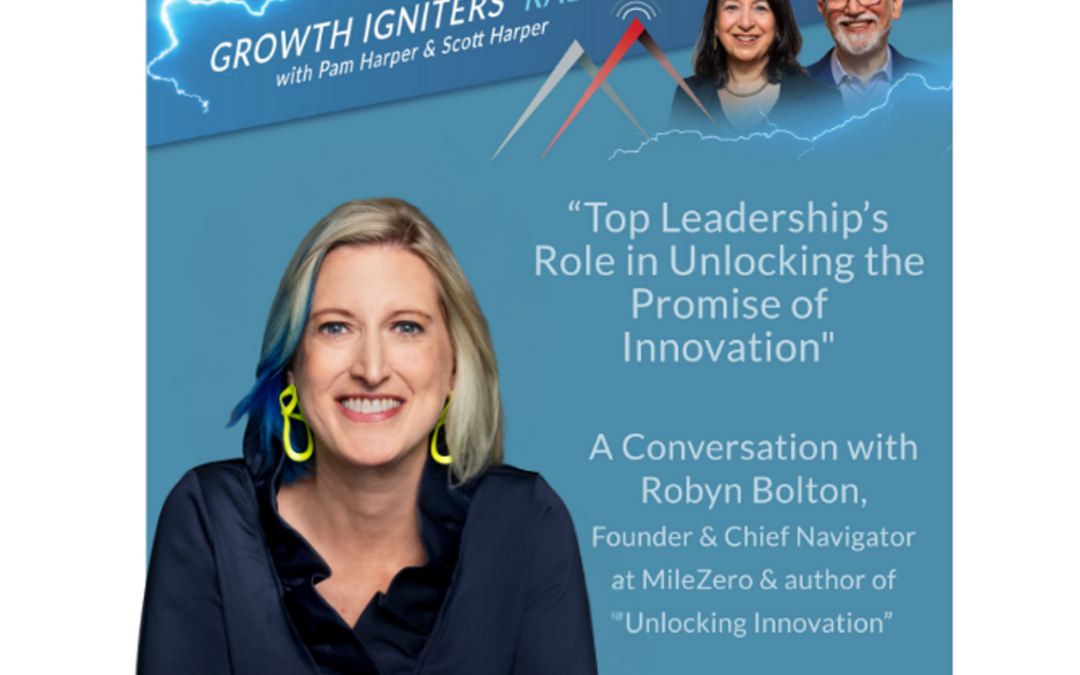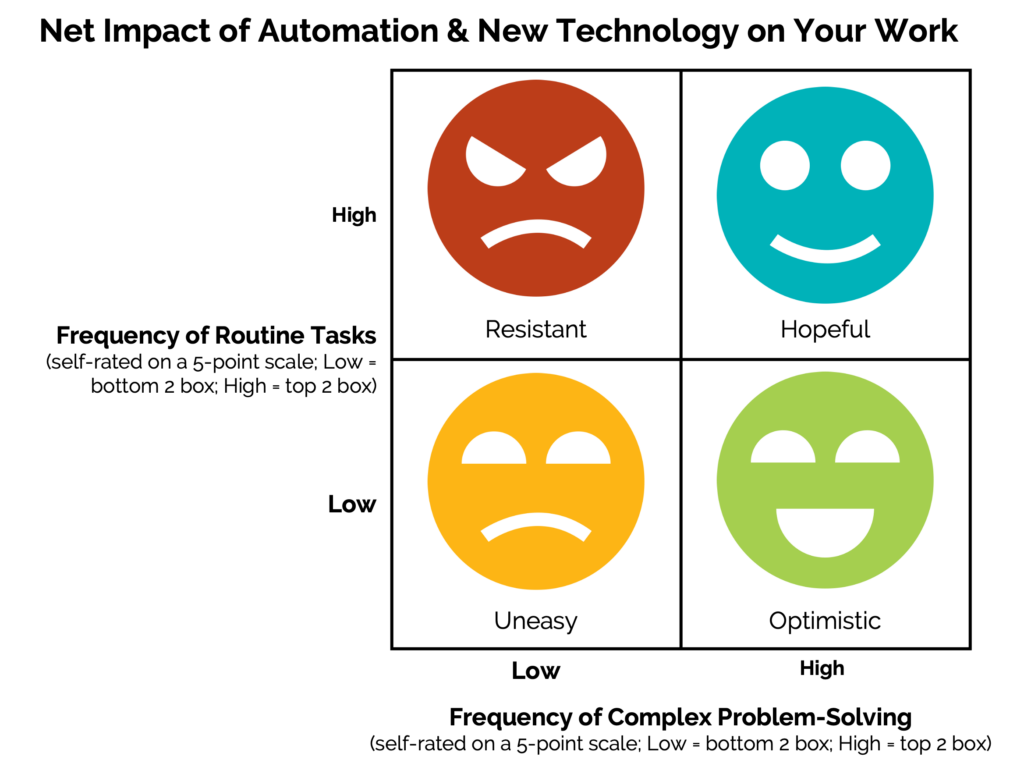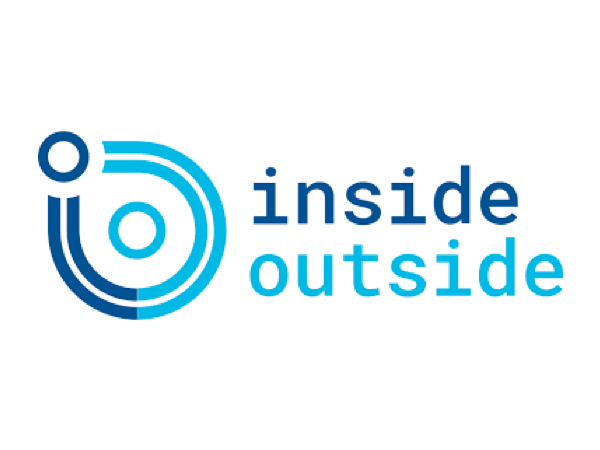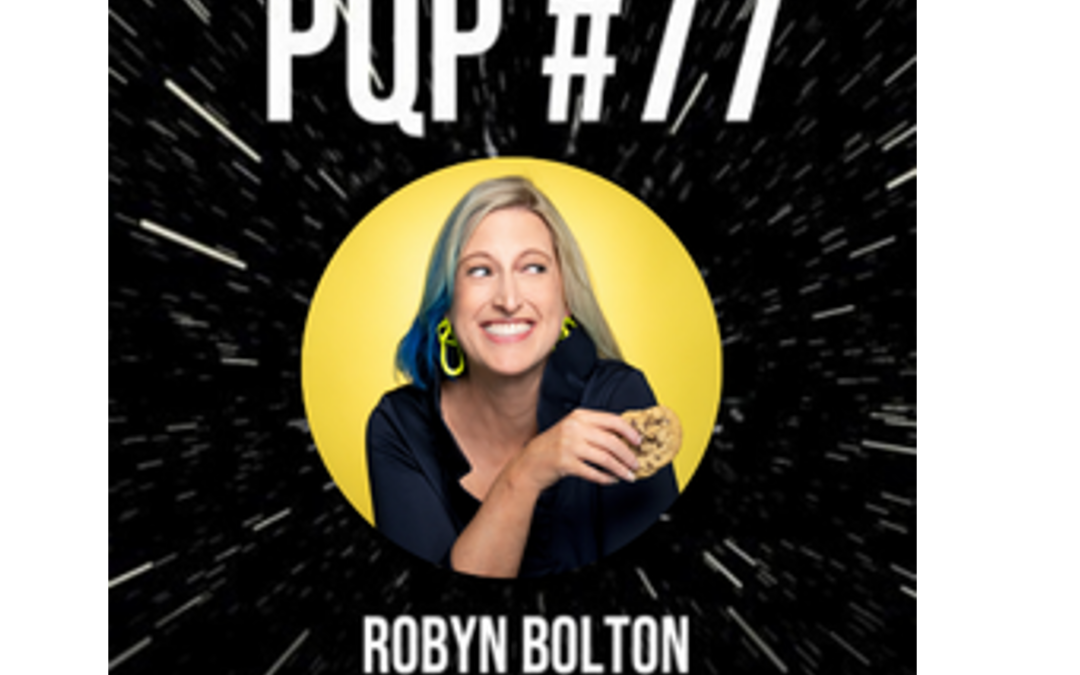


Job Design as Innovation Strategy: How Complex Problem-Solving Creates Automation Champions
Imagine a manufacturing company. On the factory floor, machines whirl and grind, torches flare up as welding helmets click closed, and parts and products fall off the line and into waiting hands or boxes, ready to be shipped to customers. Elsewhere, through several doors and a long hallway, you leave the cacophony of the shop floor for the quiet hum of the office. Computers ping with new emails while fingers clickety-clack across the keyboard. Occasionally, a printer whirs to life while forcing someone to raise their voice as they talk to a customer on the other end of the phone.
Now, imagine that you ask each person whether AI and automation will positively or negatively affect their jobs. Who will champion new technology and who will resist it?
Most people expect automation acceptance to be separated by the long hallway, with the office workers welcoming while the factory workers resist.
Most people are wrong.
The Business Case for Problem-Solving Job Design
Last week, I wrote about findings from an MIT study that indicated that trust, not technology, is the leading indicator of whether workers will adopt new AI and automation tools.
But there’s more to the story than that. Researchers found that the type of work people do has a bigger influence on automation perception than where they do it. Specifically, people who engage in work requiring high levels of complex problem-solving alongside routine work are more likely to see the benefit of automation than any other group.
Or, to put it more simply

While it’s not surprising that people who perform mostly routine tasks are more resistant than those who engage in complex tasks, it is surprising that this holds true for both office-based and production-floor employees.
Even more notable, this positive perception is significantly higher for complex problem solvers vs. the average across all workers::
- Safety: 43% and 41% net positive for office and physical workers, respectively (vs. 32% avg)
- Pay: 27% and 25% net positive for physical and office workers, respectively (vs. 3.9% avg)
- Autonomy: 33% net positive for office workers (vs. 18% average)
- Job security: 25% and 22% net positive for office and physical workers, respectively (vs. 3.5%)
Or, to put it more simply, blend problem-solving into routine-heavy roles, and you’ll transform potential technology resistors into champions.
3 Ways to Build Problem-Solving Into Any Role
The importance of incorporating problem-solving into every job isn’t just a theory – it’s one of the core principles of the Toyota Production System (TPS). Jidoka, or the union of automation with human intelligence, is best exemplified by the andon cord system, where employees can stop manufacturing if they perceive a quality issue.
But you don’t need to be a Six-Sigma black belt to build human intelligence into each role:
- Create troubleshooting teams with decision authority
Workers who actively diagnose and fix process issues develop a nuanced understanding of where technology helps versus hinders. Cross-functional troubleshooting creates the perfect conditions for technology champions to emerge. - Design financial incentives around problem resolution
The MIT study’s embedded experiment showed that financial incentives significantly improved workers’ perception of new technologies while opportunities for input alone did not. When workers see personal benefit in solving problems with technology, adoption accelerates. - Establish learning pathways connected to problem complexity
Workers motivated by career growth (+33.9% positive view on automation’s impact on upward mobility) actively seek out technologies that help them tackle increasingly complex problems. Create visible advancement paths tied to problem-solving mastery.
Innovation’s Human Catalyst
The most powerful lever for technology adoption isn’t better technology—it’s better job design. By restructuring roles to include meaningful problem-solving, you transform the innovation equation.
So here’s the million-dollar question every executive should be asking: Are you designing jobs that create automation champions, or are you merely automating jobs as they currently exist?

Innovator’s Journey and Mapping Your Progress

Unlocking Innovation

Automation Success Depends on Trust, Not Technology
We’ve all seen the apocalyptic headlines about robots coming for our jobs. The AI revolution has companies throwing money at shiny new tech while workers polish their résumés, bracing for the inevitable pink slip. But what if we have it completely, totally, and utterly backward? What if the real drivers of automation success have nothing to do with the technology itself?
That’s precisely what an MIT study of 9,000+ workers across nine countries asserts. While the doomsayers have predicted the end of human workers since the introduction of the assembly line, those very workers are challenging everything we think we know about automation in the workplace.
The Secret Ingredient for Technology ROI
MIT surveyed workers across the manufacturing industry—50% of whom reported frequently performing routine tasks—and found that the majority ultimately welcome automation. But only when one critical condition is present. And it’s one that most executives completely miss while they’re busy signing purchase orders for the latest AI and automation systems.
Trust.
Read that again because while you’re focused on selecting the perfect technology, your actual return depends more on whether your team feels valued and believes you are invested in their safety and professional growth.
Workers Who Trust, Automate
This trust dynamic explains why identical technologies succeed in some organizations and fail in others. According to MIT’s research:
- Job satisfaction is the second strongest indicator of technology acceptance, with a 10% improvement that researchers identified as consistently significant across all analytical models
- Feeling valued by their employer shows a highly significant 9% increase in positive attitudes toward automation
- Trust also consistently predicts automation acceptance, as workers scoring higher on trust measures are significantly more likely to view new technologies positively.
For example, Sam Sayer, an employee at a New Hampshire cutting tool manufacturer, has become an automation champion because his employer helped him experience how factory-floor robots could free him from routine tasks and allow him to focus on more complex problem-solving. “I worked in factories for years before I ever saw a robot. Now I’m teaching my colleagues on the factory floor how to use them.”
This contrasts with an aerospace manufacturer in Ohio that hired a third party to integrate a robot into its warehouse processes. Despite the company’s efforts to position the robot as a teammate, even giving it a name, workers resisted the technology because they didn’t trust the implementation process or see clear personal benefits.
These patterns hold across industries and countries: When workers perceive their employer as invested in their development and well-being, automation initiatives succeed. When that foundation is missing, even the most sophisticated technologies falter.
Four Steps to Convert Resistors to Champions
Whether it’s for the factory floor or the office laptop, if you want ROI and revenue growth from your automation investments, start with your people:
- Design roles that connect workers to outcomes: When people see how their input shapes results, they become natural technology allies.
- Create visible growth pathways. Workers motivated by career advancement are significantly more likely to embrace new technologies.
- Align financial incentives with implementation goals. When workers see the personal benefits of adoption, resistance evaporates faster than free donuts in the break room.
- Make safety improvements the leading edge of your technology story. It’s the most universally appreciated benefit of automation.
A Provocative Challenge
Ask yourself this (potentially) uncomfortable question: Are you investing as much in trust as you are in technology?
Because if not, you might as well set fire to a portion of your automation budget right now. At least you’d get some heat from it.
The choice isn’t between technology and workers—it’s between implementations that honor human relationships and those that don’t. The former generates returns; the latter generates résumé updates.
What are you choosing?